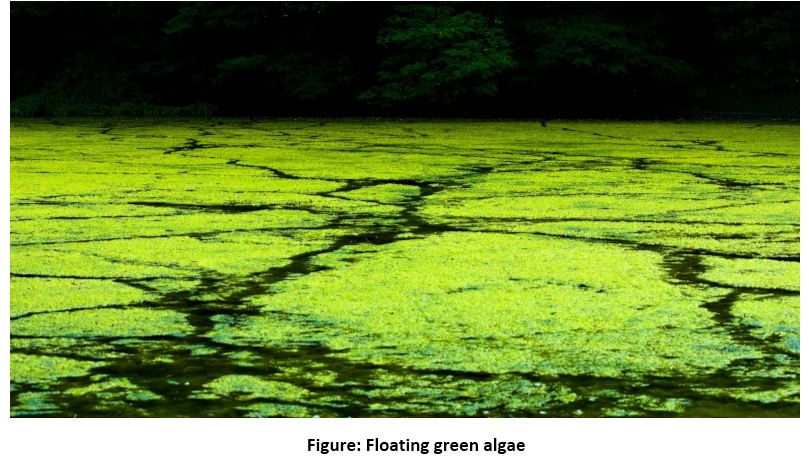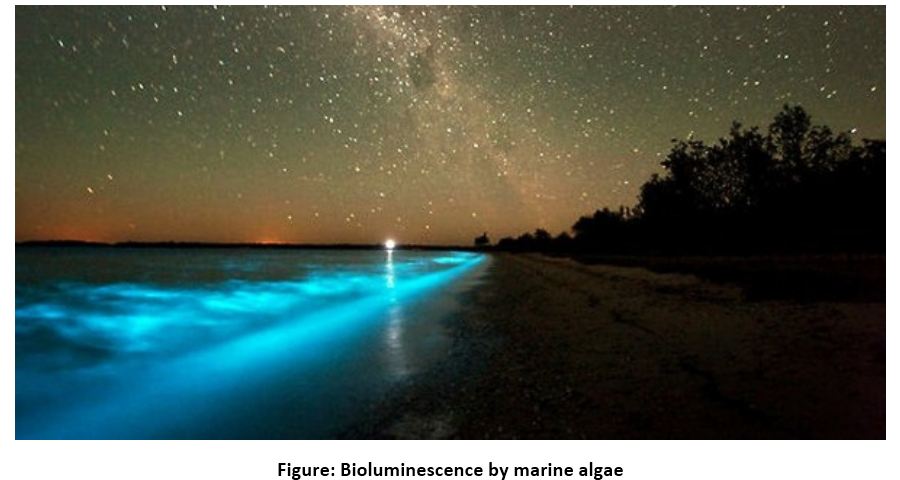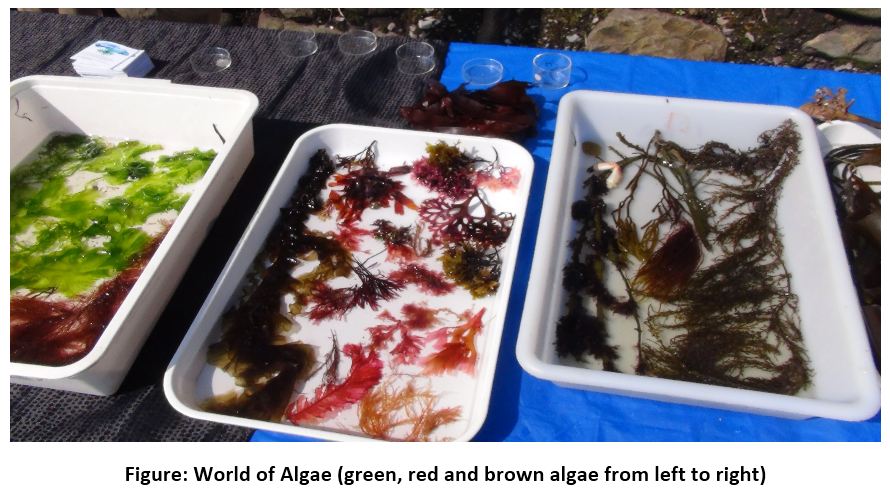Algae: Colorful tiny Flora
Hello Guys!
I am back with another fascinating story about tiny plants. Yes, you are right! I am talking about Algae (singular= Alga). So guys, we are going to learn Phycology or Algology (Study of algae)
Let me tell you about some interesting stuffs; are you managing any type of aquatic system? If yes! then you are almost guaranteed to cross path with some form of algae. They are omnipresent in the environment: in the soil, floating in the air, even in tap water.
A single-celled variety known as phytoplankton (Greek phyton = “plantâ€Â, planktos = “driftrsâ€Â) are too small to be seen by naked eye, but apper green when in large numbers due to the presence of chlorophyll.
Facts about Algae:
- There are more than 30,000 species of algae.
- Percent of oxygen produced by algae
- 720,000 of glowing algae that can be found in a gallon of water from Puerto Rico’s bioluminescent bays
- Algae are mainly found in marine or freshwater environments
- Kelps are the largest algae. They can be more than 200 feet
- The oceans cover about 71% of the Earth’s surface, yet algae produce more than 71% of the Earth’s oxygen; in fact, some scientists believe that algae produce 87% of the world’s oxygen
- In some areas of the Indian ocean the sea surface lights up at night. It is so bright that one can read a newspaper. This light is caused by tiny sea algae, the Dino-flagellate.
Kingdom :       Plant
Subkingdom : Thallophyta
Class :             Algae
Nutrition
You must be thinking, like many other plants, do algae perform photosynthesis? Absolutely! Algae do perform photosynthesis in light and respire in dark.
In other words, most algae are autotrophs or more specifically, photoautotrophs. However, there exist certain algal species that need to obtain their nutrition completely from outside sources and they are heterotrophic.
Classification of Algae
So, on the basis of types of pigments, nature of reserve food material and mode of reproduction, there are major three classes are:
- Chlorophyceae : The green algae
- Phaeophyceae : The brown algae
- Rhodophyceae : The red algae
As we have seen, algae cross three classifications: Plant, bacteria and protozoa. But for the sake of convenience and purposes, they are considered plants. They are considered to be either benthic (attached to substratum) or planktonic (free floating).
As the algae come under sub-kingdom thallophyta, this means they lack true roots, stems and leaves along with vascular tissue.
Mode of reproduction
Algae show both mode of reproduction viz., Asexual and Sexual. Although asexual reproduction are performed through the production of different types of spores like zoospores, hypnospores, akinates, endospores, cysts etc., but the most common being the zoospores.
So friends, this is not just enough that you have to learn about algae. There are much more to learn. If you find the article interesting, just click over the link to know more about other topics of biology which will definitely help you in preparing for competitions.
Do You guys wondering about how to prepare for IIT JEE? Here is the path, follow us over the link.
Well ! I am Mohammad Aabid Hussain, faculty of askIITians. We always try to give best of study material to our students.
See you guys next time with another part of the story. Till then be in touch stay healthy !


